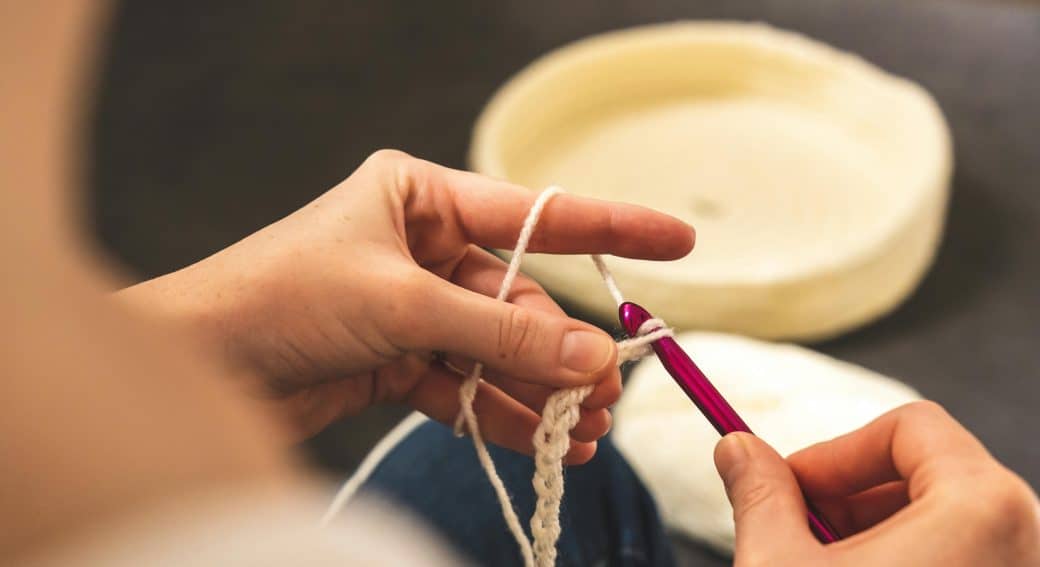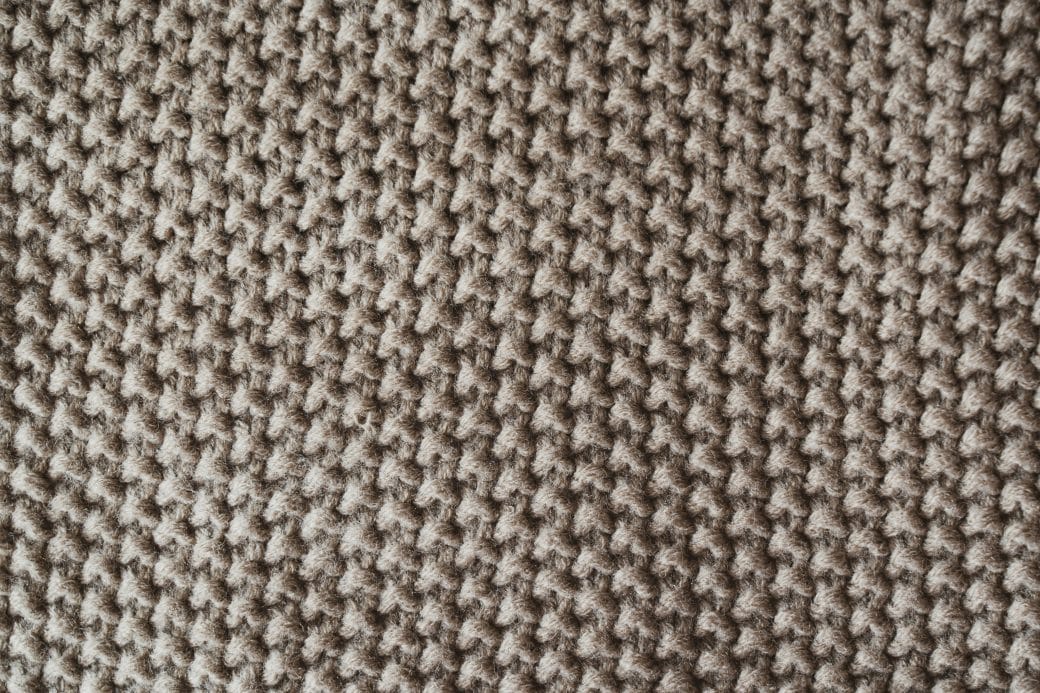I’ve always had a knack for crochet, and lately, I’ve been on a mission to add some pizazz to my wardrobe through vibrant color combinations. It’s amazing how a splash of color can transform a simple crochet piece into something spectacular. In my quest, I’ve compiled a list of some really eye-catching and unique color schemes that can breathe new life into crochet clothing. Whether you’re a seasoned crocheter or someone just starting to experiment with hooks and yarn, these combinations are sure to inspire and invigorate your next project.

Fundamentals of Color Theory
Understanding primary, secondary, and tertiary colors
Let’s kick things off by diving into the basics of color theory—essentially the ABCs of the color world. We’ve got primary colors, which are red, blue, and yellow. These guys are the building blocks of the color spectrum; you can’t create them by mixing other colors together. Then, when you start playing around and mix two primary colors, you get the secondary colors—green, orange, and purple. Tertiary colors are born when you mix a primary color with a secondary color next to it on the color wheel, giving us those lovely hues like magenta or teal. The creation of new colors is pretty much like magic, don’t you think?
An Overview of color wheels
Now, imagine a wheel that’s not for steering but for steering your color choices in the right direction. That’s the color wheel! It beautifully organizes colors, showing how they relate to each other. Primary colors take their rightful spots at three evenly spaced points, secondary colors fill in the gaps, and the tertiary colors link them all together. This wheel is not just a pretty rainbow circle; it’s a powerful tool for artists, designers, and, yes, crochet enthusiasts like me to understand color harmony.
Understanding color relationships: Complementary, Analogous, and Triadic colors
This is where it gets exciting. Colors can be friends, enemies, or frenemies depending on their relationships. Complementary colors are opposite each other on the color wheel, and they bring out the best in each other when paired together—think red and green. Analogous colors are like next-door neighbors on the wheel, such as blue, blue-green, and green; they create a serene and comfortable feeling. Triadic colors are a trio evenly spaced around the wheel, offering a vibrant, yet balanced, scheme. Each relationship serves a different purpose, and knowing which to use can elevate your crochet projects to the next level.
Monochromatic Color Combinations
How to achieve harmony through different shades, tones, and tints of a single color
Going monochromatic is like picking a color and then sticking to its fan club. You take one color and adjust its brightness, saturation, or lightness to get shades (adding black), tones (adding gray), or tints (adding white). This can create an incredibly cohesive and sophisticated look. Imagine you’re working with blue – you could have everything from a deep navy to a soft sky blue in one piece. It’s harmonious because it’s all, fundamentally, blue.
Examples of monochromatic crochet clothing
Picture a sweater that cascades from a dark, moody blue at the collar down to a light, airy blue at the waist. Or a hat that uses shades of pink for a soft, romantic vibe. Monochromatic doesn’t mean boring; it’s about playing with light and darkness, using a single color to express a mood or theme.
Benefits of using monochromatic color scheme
There’s something incredibly modern and chic about monochromatic designs. They’re easier on the eyes because the color harmony is built-in, and they create a strong sense of visual cohesion. Plus, working within a monochromatic scheme can help you focus more on texture and pattern in your crochet work, as the color itself takes a back seat.
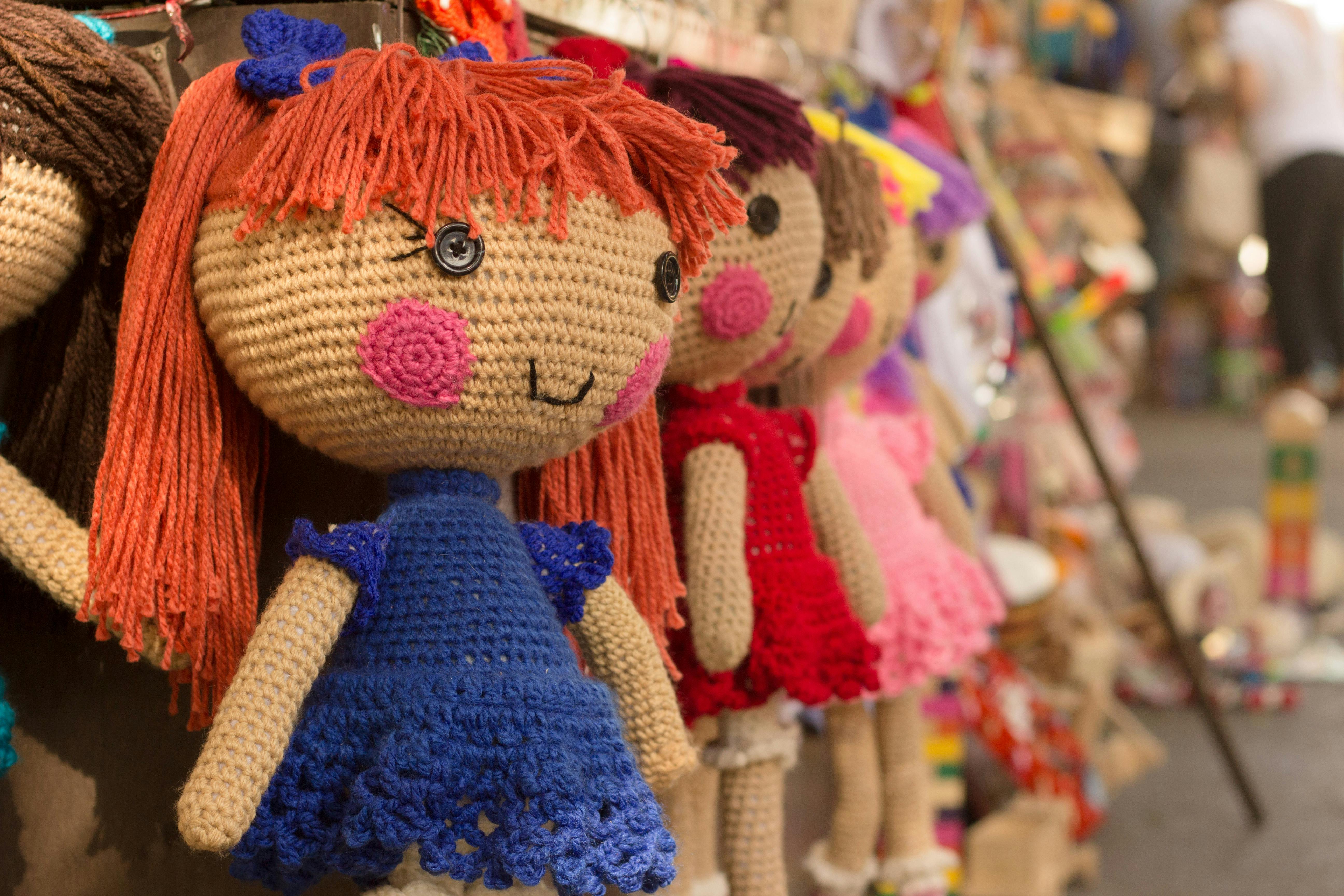
Analogous Color Combinations
Defining analogous colors
Analogous colors sit side by side on the color wheel, like a family portrait with all the members wearing coordinating outfits. They usually include one dominant color, one supporting color, and another that pops or accents. This scheme can give your crochet work a rich, yet soothing, look.
Ideas for crochet clothing using analogous colors
Imagine a cozy cardigan that flows from forest green through lime green to yellow, mimicking the colors of fresh leaves under sunlight. Or a beanie that slowly transitions from violet to lavender to pink, capturing the essence of a blooming flower garden.
Successful examples of analogous color combinations in crochet fashion
There’s this beautiful scarf I’ve seen that perfectly captures the essence of a sunset, blending reds, oranges, and yellows with such finesse. Then there was this stunning dress, incorporating shades of blue in wave-like patterns, making the wearer look like a walking piece of the ocean.
Complementary Color Combinations
Understanding complementary colors
Complementary colors are the drama queens of the color wheel, sitting opposite each other and always ready to make a scene. When paired, they create a strong contrast that is visually striking. It’s the color theory equivalent of a mic drop.
Creating contrast in crochet clothing through complementary colors
With complementary colors, you could work on a project where bright yellow pops against a cool purple background, creating a piece that’s impossible to look away from. Or envision a green scarf with red accents that feel as festive as a Christmas carol.
Real-life examples of complementary color combinations
I once saw a hat that used blue and orange in a geometric pattern that was so eye-catching, it was almost hypnotic. And there’s a famous designer who made a line of bags using complementary colors in ways that felt fresh and innovative, turning everyday items into conversation pieces.
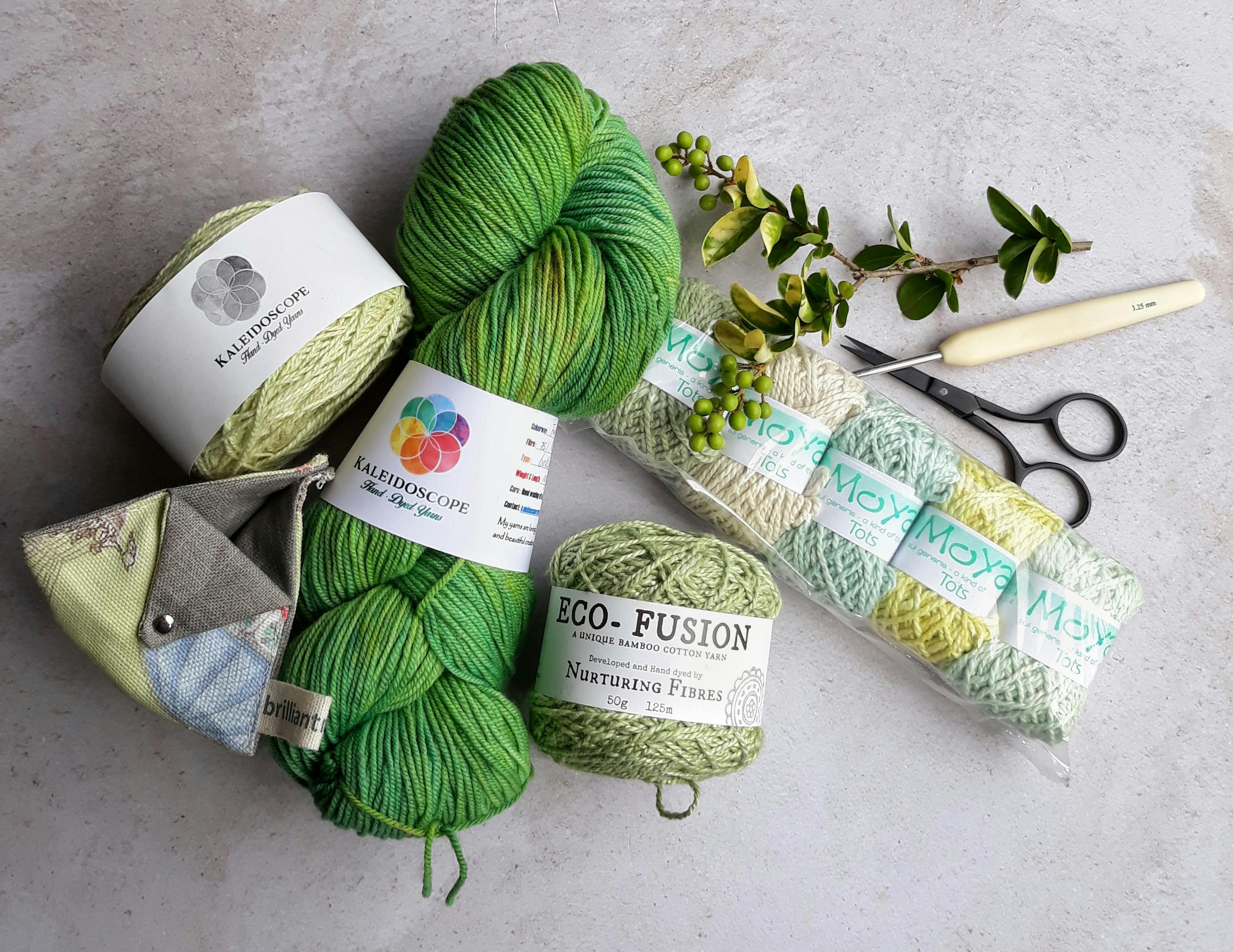
Split-Complementary Color Combinations
Explaining split-complementary colors
Split-complementary is like complementary’s slightly less intense sibling. You pick a base color, find its complementary color, and then use the two colors on either side of the complementary color. It offers a bit of the drama of complementary colors but is easier to balance.
How to use split-complementary colors in crochet clothing
This scheme is great for adding visual interest without going overboard. Think of a violet dress with splashes of yellow and lime green, creating a vibrant yet balanced look. It allows for creative expression with a safety net.
Showcasing successful uses of split-complementary color combinations
I remember a jacket that masterfully employed a split-complementary scheme with a deep blue complemented by shades of orange and mustard. It was bold without being brash, sophisticated yet playful—a perfect example of this color scheme in action.
Triadic Color Combinations
What is a triadic color scheme
Triadic schemes involve using three colors that are evenly spaced around the color wheel, forming a perfect triangle. This scheme is bold and vibrant, offering a harmonious contrast if balanced correctly.
Implementing triadic colors in crochet clothing
Using a triadic scheme could mean creating a piece where primary colors playfully interact, like a red, yellow, and blue blanket that feels both cozy and spirited. Or, for a more muted approach, a triadic combination of secondary colors can yield a sophisticated yet lively palette.
Notable examples of triadic color combinations in crochet fashion
There was this incredible skirt that utilized a triadic scheme to create a whirlwind of color and motion, using green, purple, and orange. It was like wearing a piece of joyful art. Another notable example is a set of vibrant throw pillows, which brought energy to a room without overwhelming it.
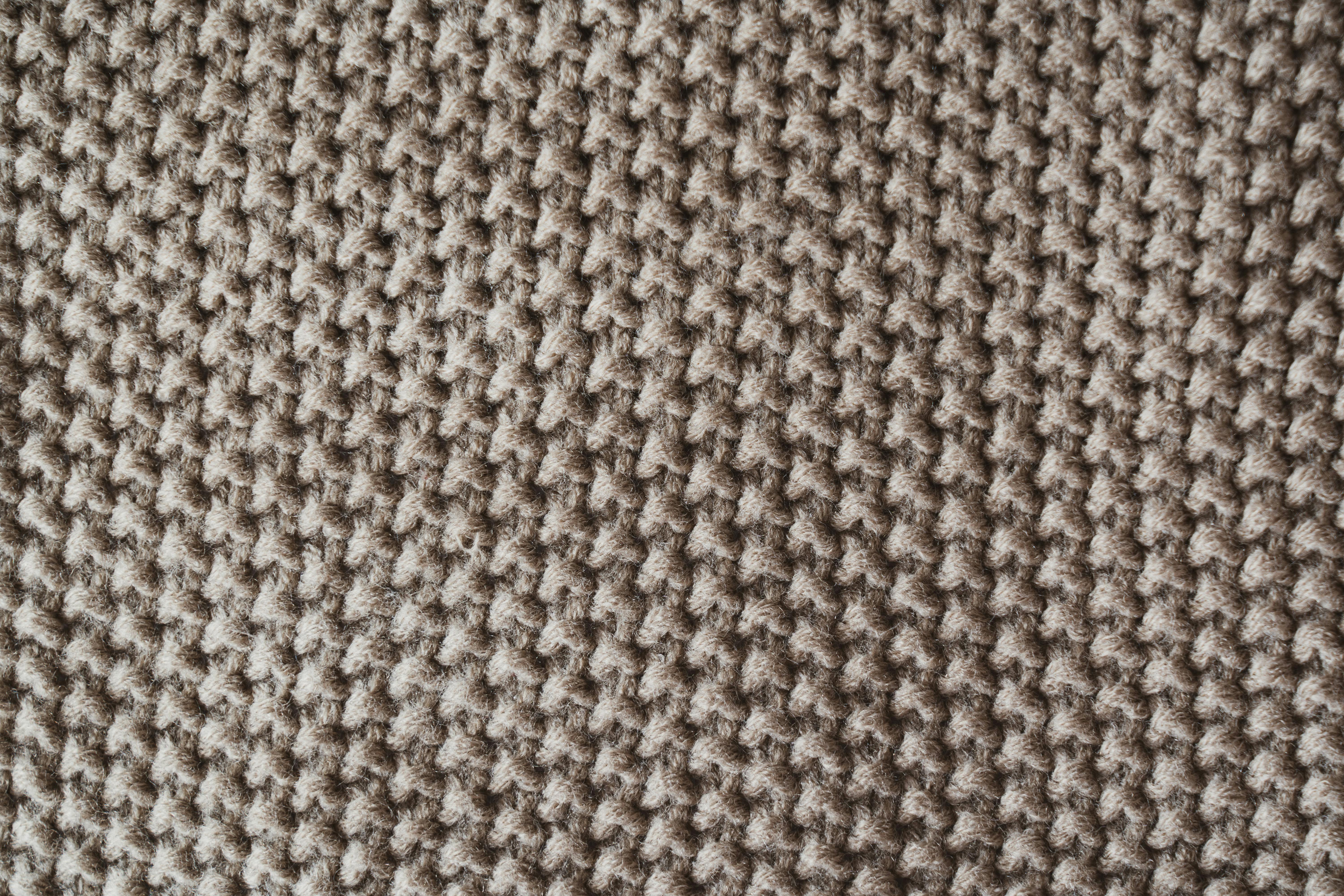
Tetradic (Double Complementary) Color Combinations
Describing tetradic color scheme
The tetradic, or double complementary, scheme is the most complex, involving four colors that form a rectangle on the color wheel. This scheme offers plenty of variety but requires a careful balance to prevent clashing.
How to effectively use tetradic colors in crochet clothing
Imagine a tapestry crocheted jacket incorporating green and red, plus their complements, blue and orange, in a way that’s daring but harmonious. With the tetradic scheme, you have the freedom to mix and match, creating pieces that are dynamic and full of life.
Interesting examples of tetradic color combinations used in crochet
There’s a legendary shawl that features a tetradic color scheme with such brilliance; it seems to encompass the entire spectrum without feeling chaotic. Each color transition feels intentional and balanced, showcasing the scheme’s potential when used thoughtfully.
Mix and Match – Creative Combinations
Guidelines to mix and match colors for crochet clothing
The key to mixing and matching colors creatively is understanding the basic principles of color theory and then, quite simply, playing around. Start with colors you love and look for ways to incorporate them into schemes, whether they’re complementary for boldness, analogous for softness, or something entirely unique to you.
Successful creative color combinations in crochet clothing
There are no limits to creativity here. I’ve seen an avant-garde dress that mixed pastels with neon in a way that was both groundbreaking and utterly gorgeous. Another example is a crocheter who blends unexpected colors, like bright teal with rust, creating pieces that truly stand out.
Tips and inspirations for crafting unique color combinations
Inspiration can come from anywhere—the sunset, the ocean, even a city skyline. Don’t be afraid to take risks. Sometimes, the most striking combinations are the ones you wouldn’t expect to work. Always swatch your colors together to see how they interact in reality, and remember, if you love it, that’s all that matters.
Seasonal Color Combinations
Spring crochet color combinations
Spring calls for soft, pastel shades mimicking the gentle rebirth of nature. Think soft pinks, baby blues, and fresh greens. Creating pieces that reflect the season can bring a sense of renewal and joy.
Summer crochet color combinations
Summer is all about vibrancy and warmth—bright yellows, bold blues, and fiery reds. Crochet items that reflect the energy and light of summer can be incredibly uplifting.
Autumn crochet color combinations
Autumn is a time for rich, warm tones that echo the changing leaves. Burnt oranges, deep burgundies, and golden yellows create a cozy, comforting vibe perfect for the season.
Winter crochet color combinations
Winter color schemes draw on cooler, muted tones—icy blues, soft grays, and crisp whites. They reflect the quiet and calm of the season, evoking a sense of peacefulness amidst the cold.
Conclusion: Finding Your Personal Color Style
Understanding the power of personal color preferences
Colors have the power to evoke emotions, set moods, and express individuality. Embracing your unique color preferences can transform your crochet projects into personal statements, making them truly your own.
Experimenting to find your personal color style
The journey to discovering your personal color style involves a lot of experimentation, play, and, most importantly, fun. Trying out different combinations, stepping out of your comfort zone, and seeing what resonates with you can lead to surprising discoveries.
The impact of different color combinations on the final look
The colors you choose can dramatically alter the look and feel of your crochet projects. From calm and cohesive to vibrant and energetic, your color choices are a powerful tool in your creative arsenal. Embrace the vast spectrum of possibilities, and let your colors tell your story.


